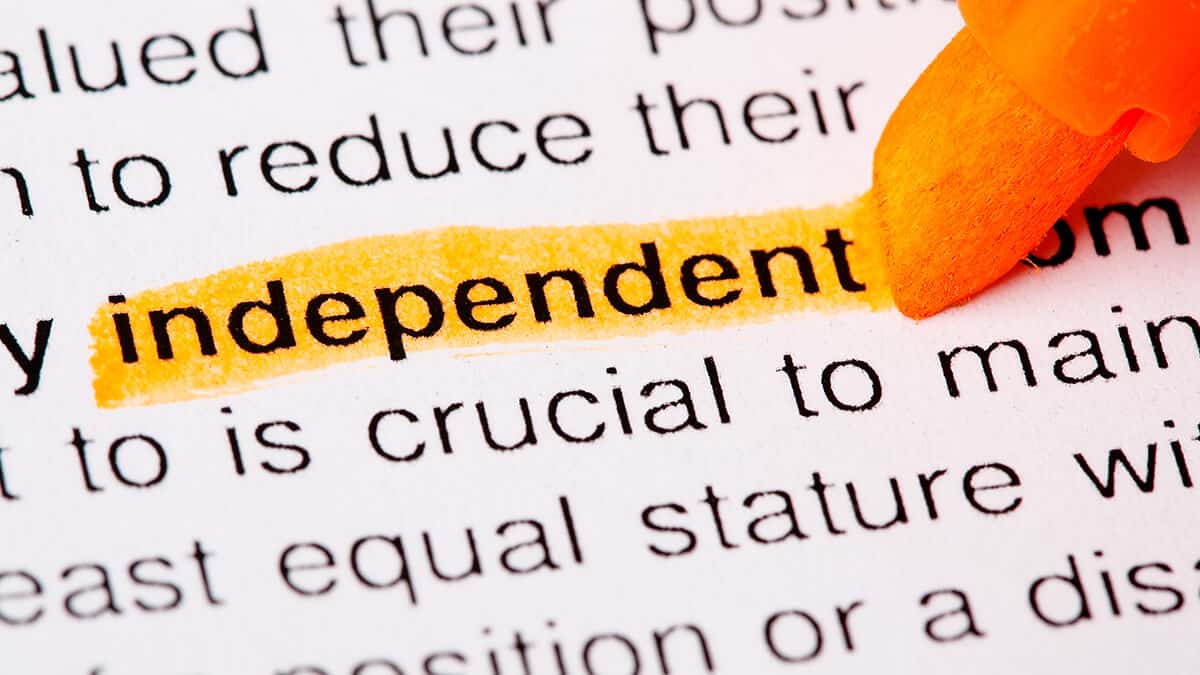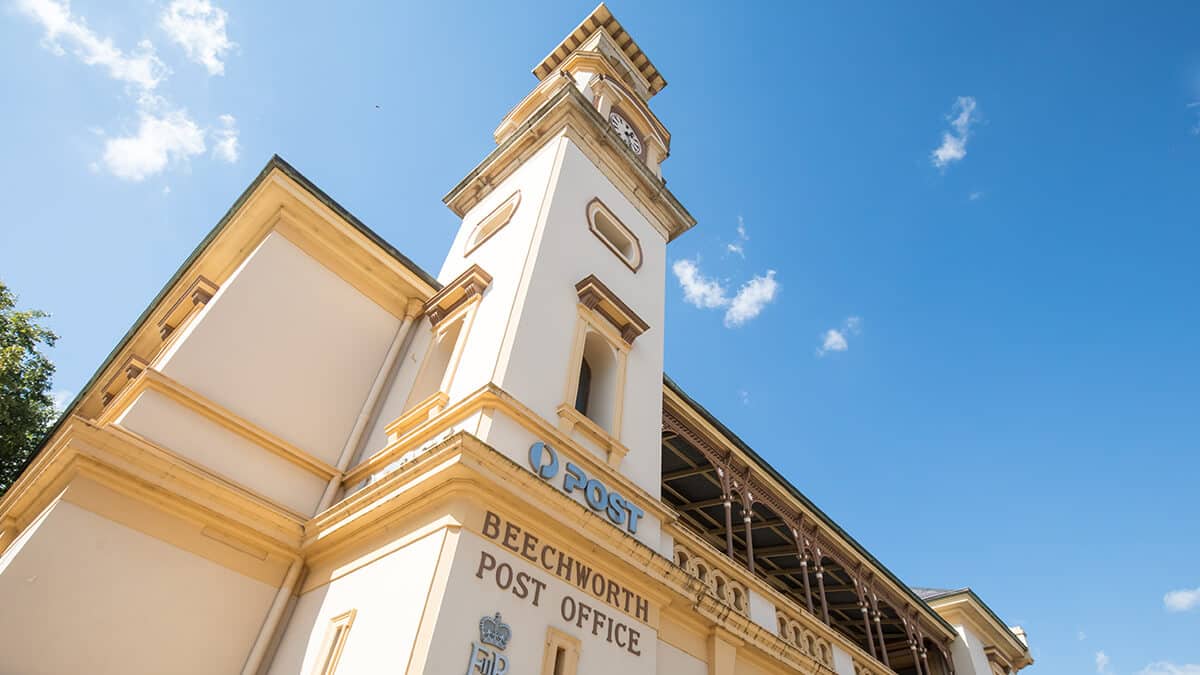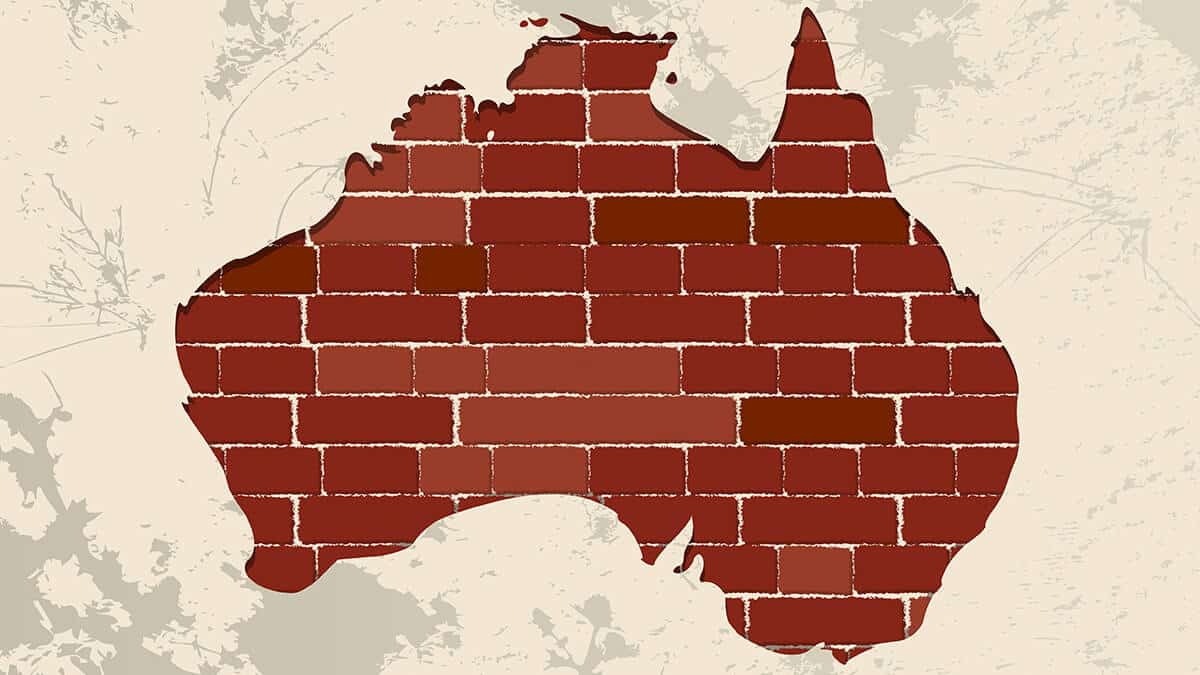In this guide
When high profile wealth management firm Dixon Advisory finally put up the white flag, it’s self-managed super fund (SMSF) clients were left holding the can for big losses.
Dixon filed for voluntary administration in January 2022, bowing to pressure from multiple class actions by aggrieved investors. It had also received a $7.2 million fine from the Australian Securities and Investments Commission (ASIC) for failing to act in their clients’ best interests.
Many of Dixon’s clients had also taken their complaints to the Australian Financial Complaints Authority (AFCA), but the complaints process was paused when Dixon went into voluntary administration. All queries must now be directed to the administrators, Stephen Longley and Craig Crosbie of PwC Partners.
A statement from AFCA said: “We don’t wish to put people through the complaints process when there may be no prospect of compensation by the firm because of insolvency.”
So what went wrong and what lessons can investors, particularly SMSF investors, learn from Dixon’s collapse?
Background
Dixon Advisory provided administration services and financial advice to more than 4,500 SMSFs worth a combined $4 billion.
Founded by retirement planning guru Daryl Dixon over 35 years ago, it was his son Alan Dixon who later set up the SMSF and financial advice business. Alan Dixon stepped aside as CEO in 2019 and sold his share in the firm, a sign that trouble was brewing for some time.
The seeds of Dixon’s demise were planted when it started creating its own products to sell to clients. The best known was the US Masters Residential Property Fund (URF), which packaged up distressed US homes in the wake of the Global Financial Crisis, but there were others. URF eventually fell almost 90% in value, but it wasn’t just the heavy investment losses that worried investors. They had also been charged high fees by Dixon and associated companies at every turn.
Dixon clients were even encouraged to buy shares in the ASX float of its parent company, Evans Dixon in 2018, and to invest in Evans Dixon’s own property funds.
The beginning of the end came when the corporate regulator, the Australian Securities and Investments Commission (ASIC), took action against Dixon in the Federal Court of Australia in 2020. It alleged Dixon representatives:
- Failed to act in their clients’ best interests
- Failed to provide advice what was appropriate to the clients’ circumstances
- Knew or ought to have known that there was a conflict of interest between their clients’ interests and the interests of entities associated with Dixon within the Evans Dixon group.
Dixon was found to have breached the Corporations Act, fined $7.2 million and ordered to pay ASICs legal costs of $1 million.
Despite this litany of failures, Dixon was no rogue outfit. It held an Australian Financial Services Licence and was a member of AFCA. For decades it helped thousands of ordinary Australians manage their retirement savings.
Even so, red flags emerged in later years with lessons for all investors, as we outline below.




























